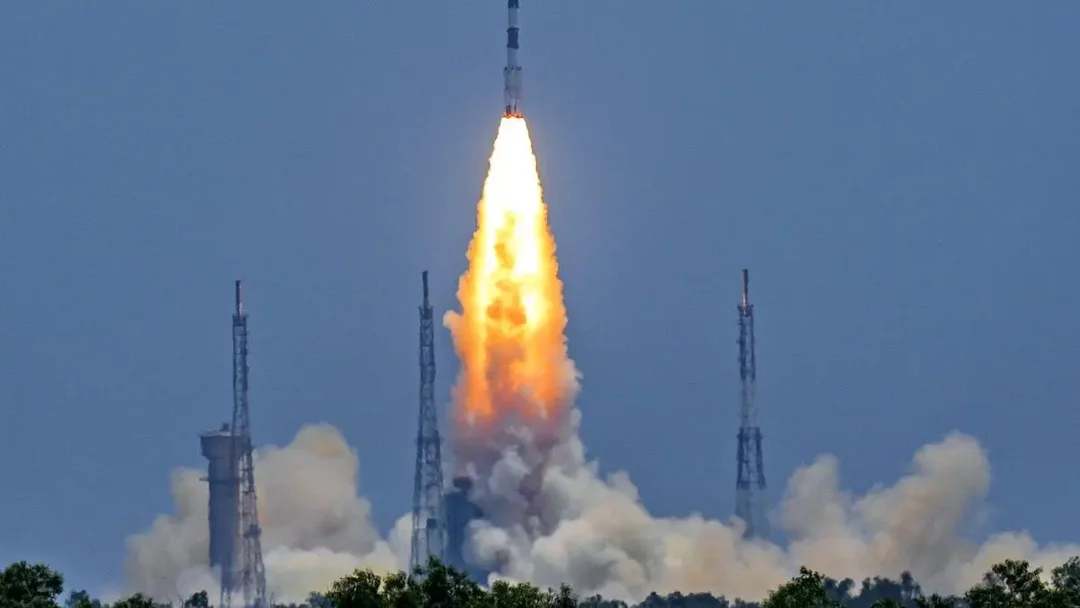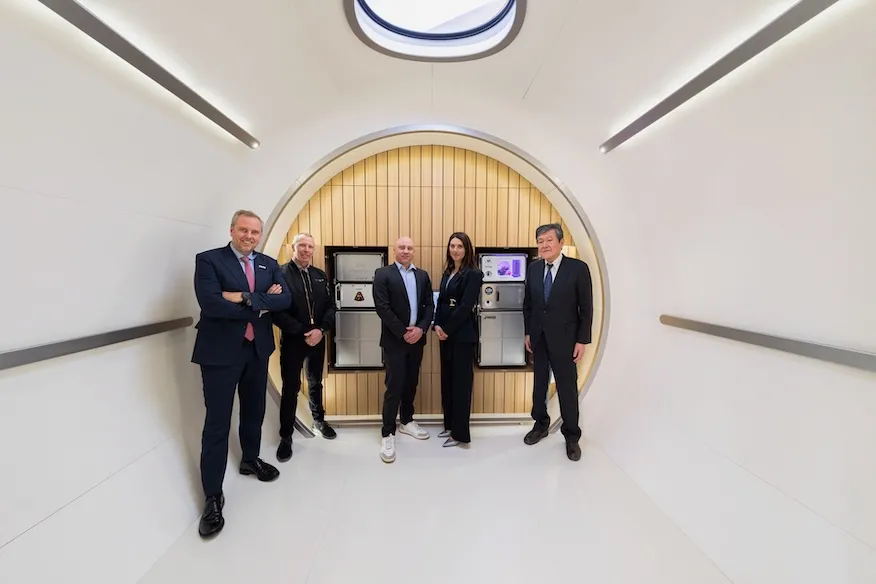
Vast Space Station: Could Indian Rockets Ferry Crew to Haven-1?
The race to commercialize space is heating up, and Vast, a US-based company, is aiming high. With plans to launch the world's first commercial space station, Haven-1, in 2026, Vast is exploring all options for crew transport. Could Indian rockets, specifically the Gaganyaan, provide a ride to orbit? This potential collaboration could mark a significant step forward for both Vast and India's space program, ISRO.

According to recent reports, Vast CEO Max Haot has expressed strong interest in using the Gaganyaan rockets as a transport service for their space station. This arose during discussions with ISRO at the Global Space Exploration Conference (GLEX-2025), where Haot explored potential collaborations in space technology. He stated, "There is a possibility of using Gaganyaan as a transport service for our space station."
Vast is currently focused on launching Haven-1, a single-module space station, on a SpaceX Falcon 9 rocket in May 2026. This ambitious project aims to create a successor to the International Space Station (ISS), which is slated for retirement by 2031. The Haven-1 spacecraft, with a 45-metre-cubed volume, is designed to support up to four crew members for missions averaging two weeks in length. It boasts four crew quarters, science module lockers, and a common area. The first module of Haven-2, a much larger space station, is expected to launch in 2028.
While acknowledging the current reliance on SpaceX for launch services, Haot is open to exploring alternative, competitive options. He specifically mentioned the Gaganyaan vehicle, highlighting its potential to bring Vast's customers to their space station. "Right now, we are solely focused on the SpaceX offering, but we are interested to hear whether there will be a competitive, reliable, safe option that we can use to bring our customers using the Gaganyaan vehicle to our space station," said Haot.
Beyond transport, Vast also envisions broader collaborations with ISRO, potentially offering access to Haven facilities in exchange for access to the future Indian space station. Haot emphasized the naturally collaborative nature of the space industry and the political alignment between the US and India, noting that Russia and China may not be as palatable options for collaboration in the current geopolitical climate.

Vast's Haven-1 is not just about accommodation. It is designed as a laboratory in space and incorporates science payloads. Max Hoat wants to secure this service with mostly space agencies and have international partners as collaborators since the Haven-1 is designed to accommodate NASA. He says, "Our goal is to secure it with mostly space agencies, international space agencies because Haven-1 is designed to be a proof point for NASA that we can work with them. So, that's our ideal customer."
Isro's Gaganyaan project has captured Vast's interest, potentially making India the fourth country to send humans into space. Vast is keen to incorporate payloads in Science from India, and explore the possibilities of using Gaganyaan rockets as part of their station's project transport service.
As Vast moves towards its goal of having its first station in orbit by 2026 and welcoming a four-person crew by the summer of that same year, it is clear that the company is setting a fast pace towards having its own space station.
The ambitious Haven-2 program is already underway with Haven-1's design designed to pave the way. By launching the first Haven-2 modules slated for 2028, Vast is steadily working towards creating its space station.
Will ISRO and Vast join forces to unlock new possibilities in space exploration? Could Gaganyaan rockets become a vital link to the first commercial space station? This developing story promises a future where international collaboration drives groundbreaking advancements in space technology.
What are your thoughts on this potential collaboration? Share your opinions in the comments below!